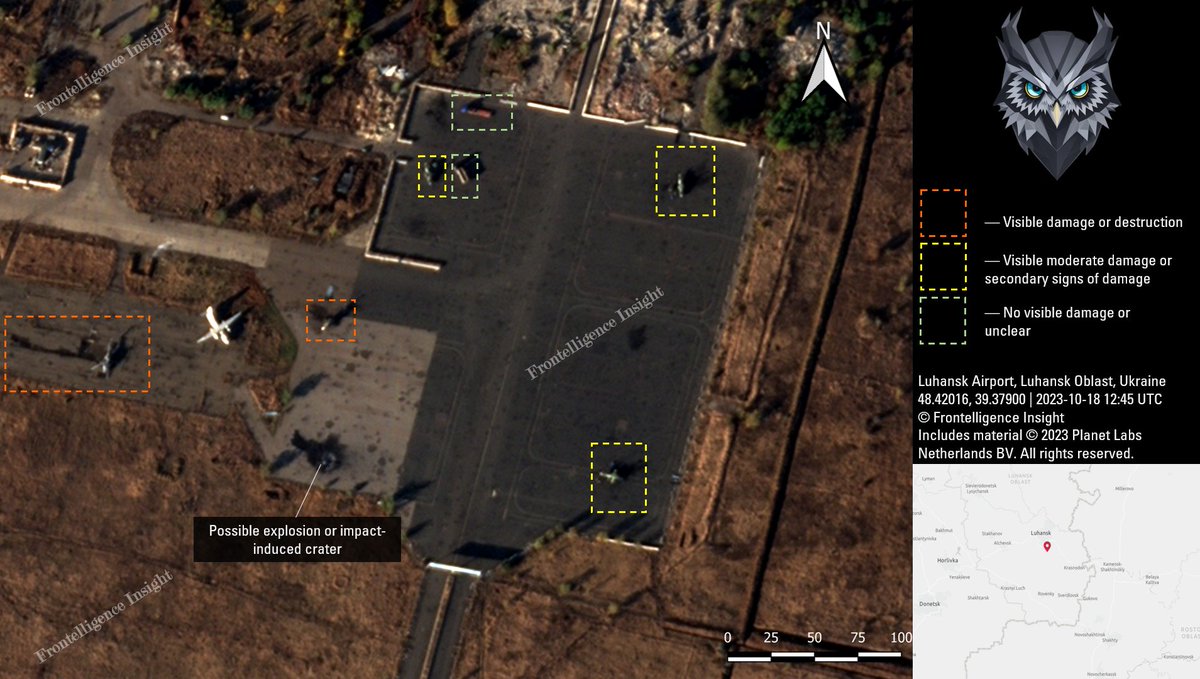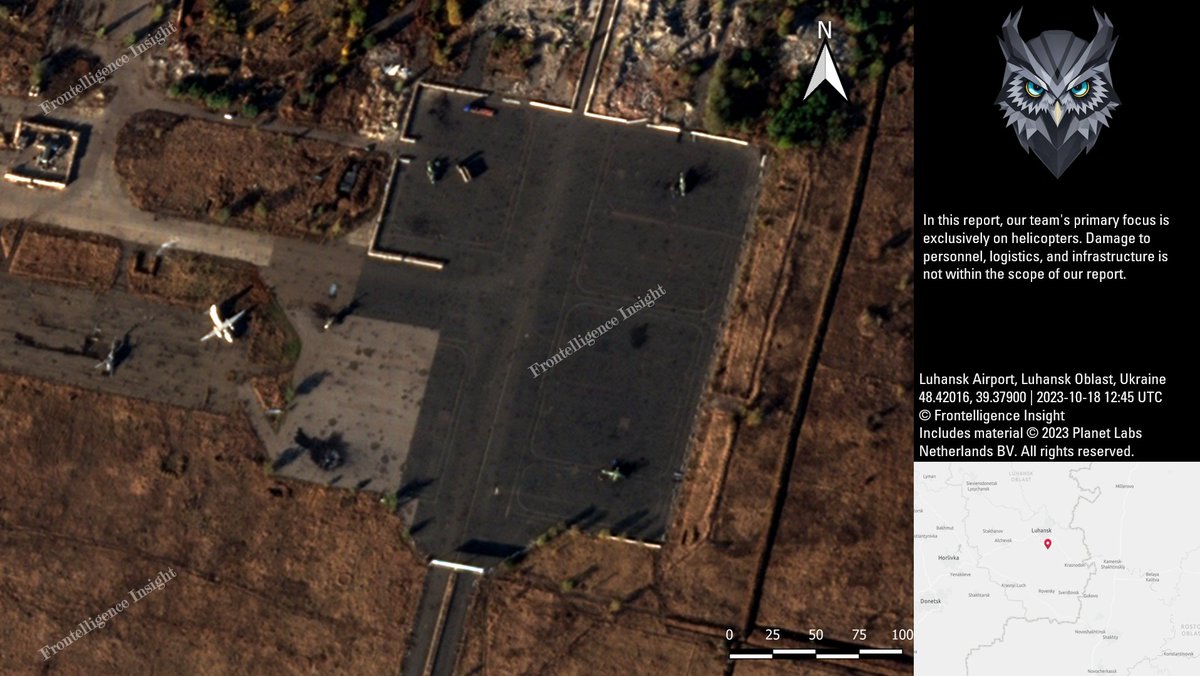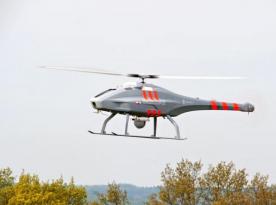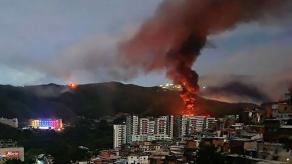In the context of a highly successful strike on the russian aviation base in Berdiansk, the parallel ATACMS strike on a similar target in Luhansk remained in the shadow. Satellite images appeared on the network showing how many helicopters had been destroyed there.
The visual evidence from the Planet Labs imagery shows that a minimum of 5 helicopters, including Ka-52 helicopters, have experienced varying degrees of damage.
Read more: It Became Known How Many ATACMS Missiles the USA Had Given to Ukraine

Assessing the extent of damage for each of them is challenging due to the fact that the penetrating elements of the ATACMS submunitions are relatively small M74 projectiles, each with a diameter of 6 cm and weighing 600 grams. However, the fact that the strike occurred on October 17 and in the image from October 18, all the helicopters remained in place suggests that they are unlikely to be in a right condition.
It is noted that some of the helicopters are missing blades, and there are also signs of fuel and oil leakage.

The crater on the landing pad is indeed a point of interest. Its formation should not have been caused by an ATACMS strike. However, the reason for its origin could be different. In a satellite image taken on October 10 in the area near the future crater, a helicopter was spotted. This indicates that the crater may have resulted from a prior incident involving the helicopter, rather than being a result of the ATACMS strike.

It is possible that during the strike, a helicopter on the landing pad was either in a state of readiness for takeoff, with its weaponry loaded, and its damage triggered the detonation of its ordnance. Alternatively, there were aviation munitions stored in the vicinity, and the explosion of these munitions could have been the cause of the crater’s formation.
It’s not excluded that a different type of missile or not just cassette ATACMS was used for the strike on the airbase in Luhansk.
In summary, around five helicopters in Luhansk and maybe ten more in Berdiansk were hit, totaling about fifteen affected helicopters. Some of these could be fixed, but it’s uncertain when and if they can be repaired, depending on how badly they were damaged. This might result in some of them being considered destroyed. The Special Operations Forces Command of the Armed Forces of Ukraine has officially confirmed the destruction of nine helicopters in total.
Read more: Ukraine’s Military Targeted ATACMS Missiles at russian Airfields For the First Time in History














